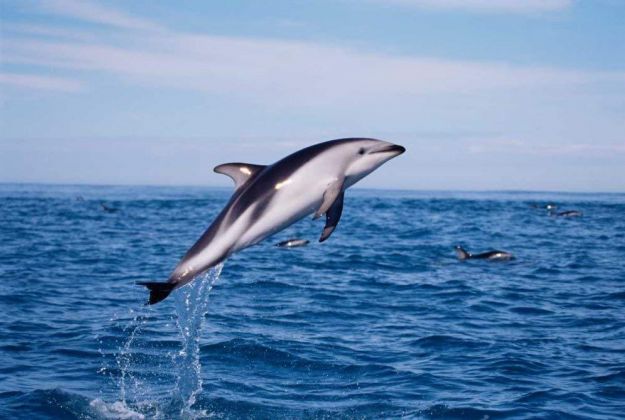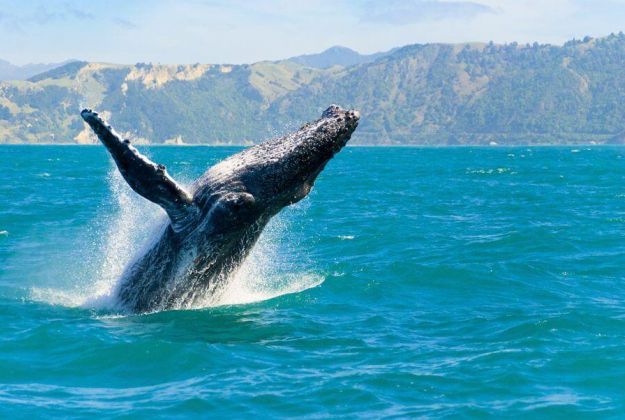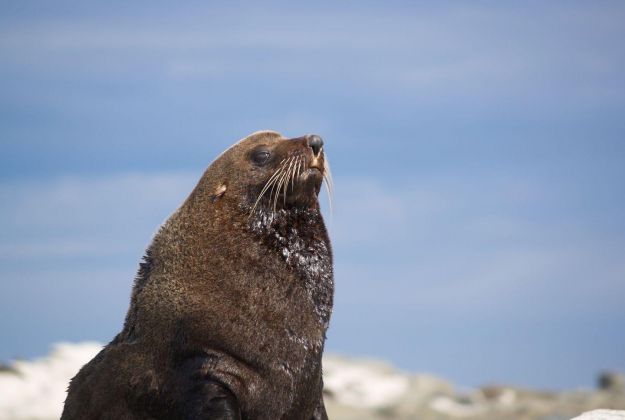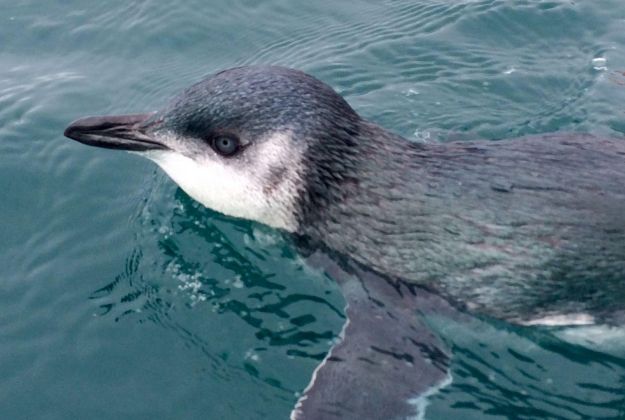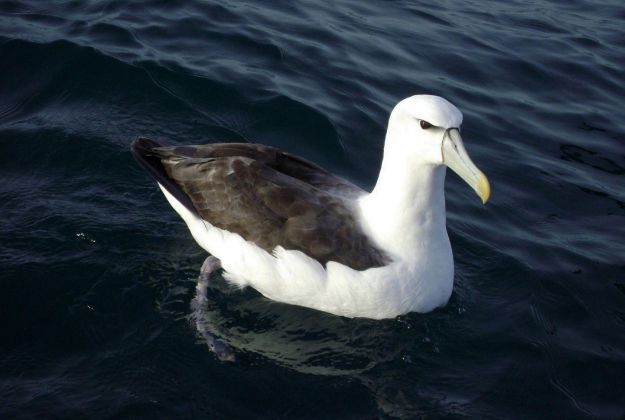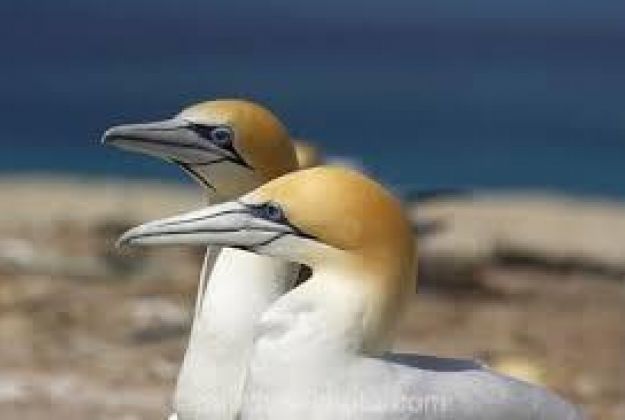Best time to spot Dusky Dolphins in Kaikoura
March to May
In between the months of March to May, the duskies will move closer inshore of the Kaikoura Peninsula and can be found putting on a display of spectacular leaps, side slaps, back flips and somersaults.
We call this dolphin season and that is why Kaikoura is recognised as one of the best places in the world to encounter duskies in their natural habitat.
Population
Due to their coastal nature, populations of dusky dolphins around the world are discontinuous and reproductively isolated. Large-scale migrations are known to occur in New Zealand however, and inshore-offshore movements are made both diurnally and seasonally with dolphins moving further offshore in winter.
Overall, group sizes range from two to over one-thousand. There are thought to be between 12,000 and 20,000 individuals in New Zealand (Markowitz, 2004).
The Dusky Kaikoura dolphin is a highly coastal species and generally prefer waters less than 2000 metres deep.
- The Dusky dolphin grows to about 2m in length and has virtually no beak.
- The dorsal fin is not hooked and is rather blunt.
- Colour is bluish-black on the back and tail and white on the underside of the body.
- Newborn: length c. 0.92 m
- Adult: female maximum length 1.93 m, male maximum length 2.11 m
Diet and foraging
The diet of the Dusky dolphin is dominated by anchovies, hake and several squid species. A variety of other small fish species is also eaten. In Kaikoura, dusky dolphins typically feed at night on prey associated with the deep scattering layer (W?rsig et al., 1997).
Surface feeding activities occur in large groups accompanied by extensive aerial display and acrobatics, which are believed to help synchronize cooperative foraging. Cooperative foraging can also be seen between dusky dolphins and other marine mammals such as New Zealand fur seals (Markowitz, 2004).
Life history
Sexual maturity is reached at approximately 7-8 years. Calving in New Zealand occurs from November to mid-January. Gestation lasts for around 13 months and weaning occurs in less than 3 years. Dusky dolphins are estimated to live to ages of 30 years or more.
Threats to Dusky Dolphins
Predators
Killer whales and some shark species are the only confirmed predators of dusky dolphins. In order to avoid killer whales, dusky dolphins will move into shallower water and swim closer together.
Human impact
Unknown numbers of dusky dolphins are caught in set nets in New Zealand waters each year. Current catches appear to have decreased from those of the 1970s and 1980s however. Possible future expansion of aquaculture at Admiralty Bay is likely to have an impact on dusky dolphin populations (Markowitz, 2004) through habitat fragmentation and competition for food resources.
You can help Dusky Dolphins
If you find a stranded dolphin:
Ring the Department of Conservation (DOC) immediately on:
0800 DOCHOTline (0800 362 468)



